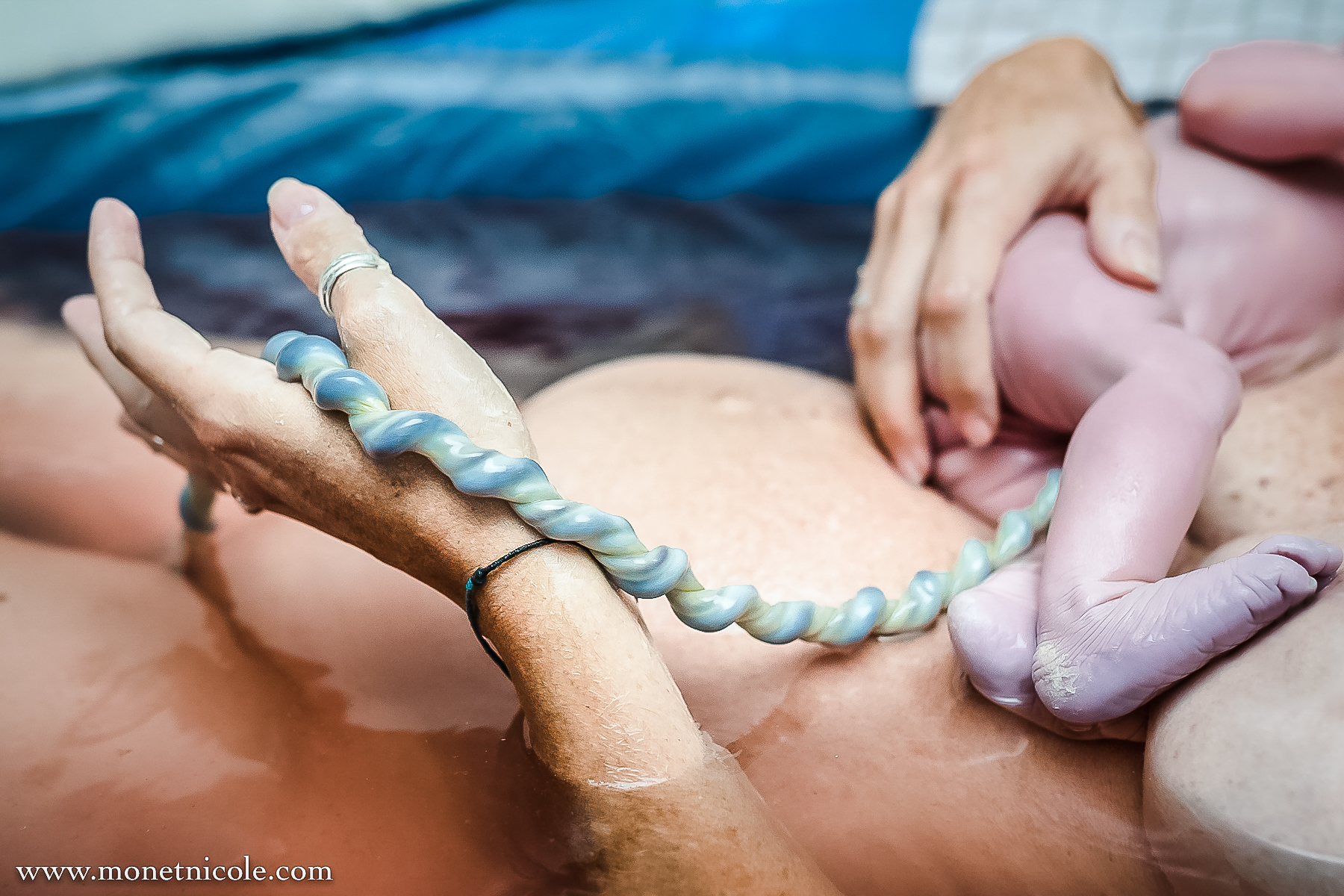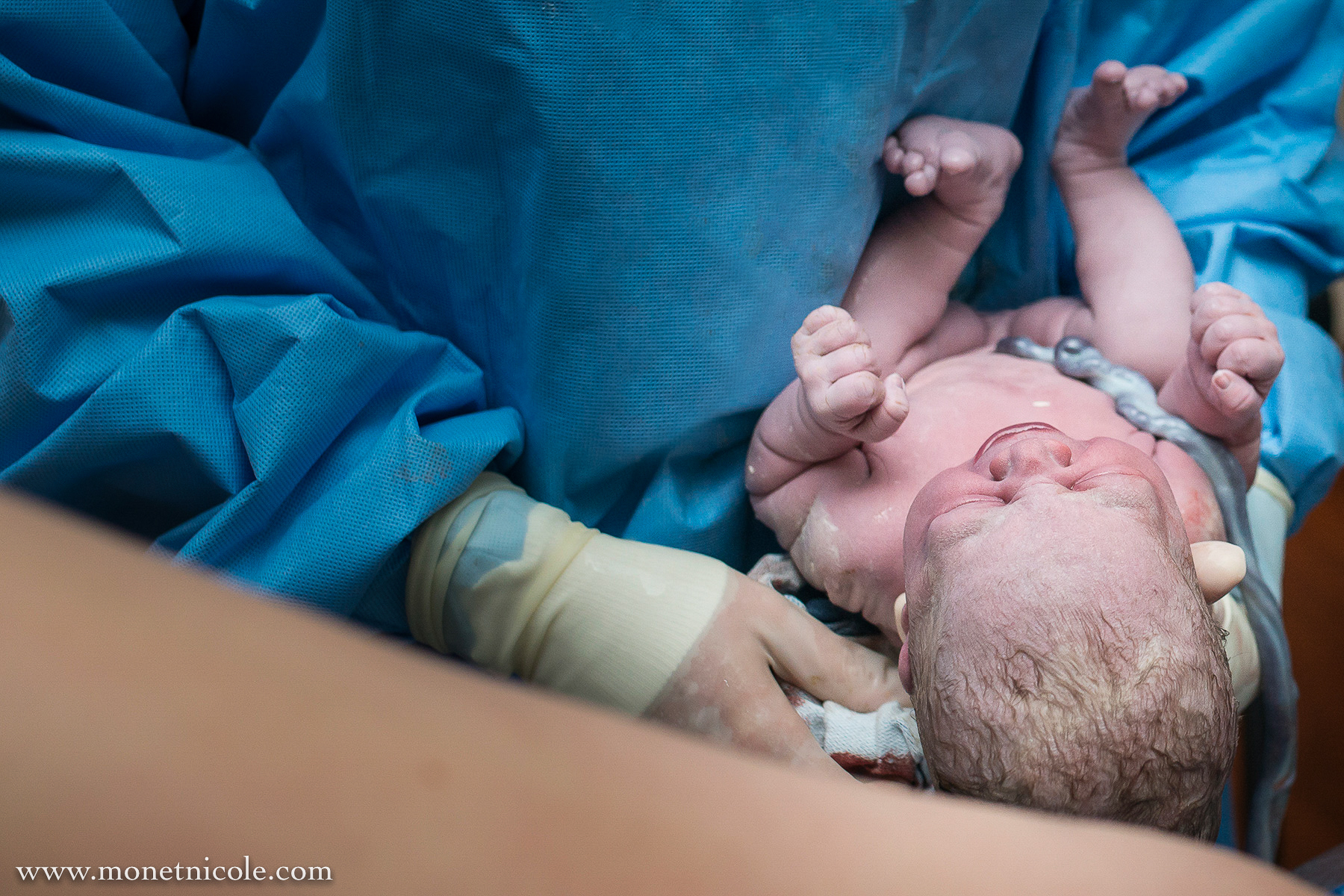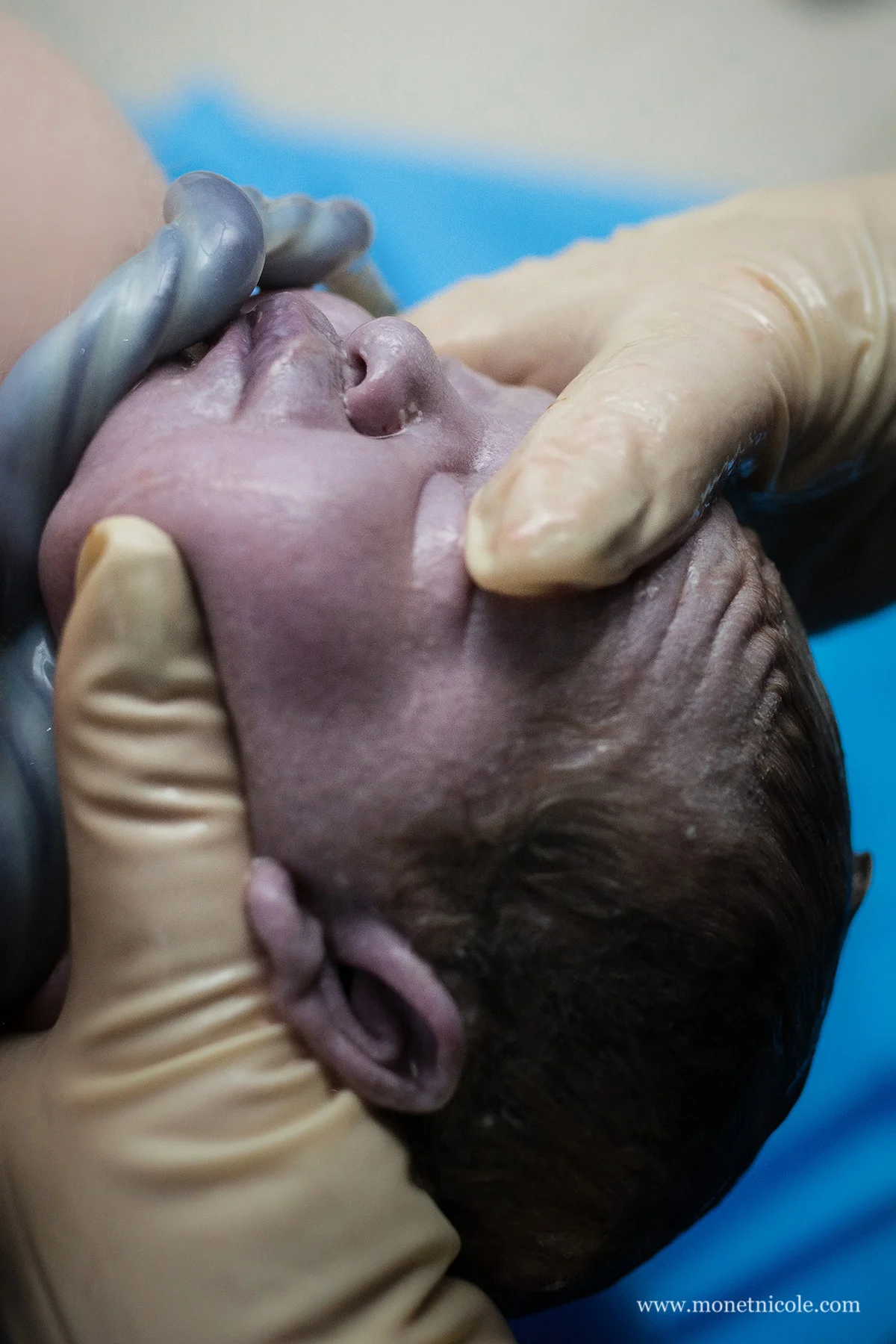The Beautiful, Incredible Umbilical Cord
As a birth photographer, I'm fascinated by change. Giving birth is perhaps one of the greatest human transformations...both for the mother and the baby. So much change happens in such a short period of time. I could write for days about all the changes I witness, but today I'll focus on just one: the umbilical cord. The umbilical cord is the life force for they baby in the womb. It carries oxygen and nutrients from the placenta into the baby's bloodstream. It pulses, just like a heartbeat, and sometimes you can hear it on a doppler.
Although umbilical cords all serve the same function: to nourish and sustain baby...they can look drastically different.
Some appear almost perfect coiled:
While others have a more irregular pattern:
And others don't appear to be very coiled at all:
Now some of might be thinking: wait, I don't remember my cord looking anything like any of those! One of the reasons I love birth photography is because it documents the changes that occur...the cord being one of the most fascinating ones. Once baby is born, the cord will pulse vigorously and then slowly decrease over a period of several minutes. Many women and families don't get to see or touch their cord until the pulsing has almost entirely stopped. Cords that are no longer pulsing look like this:
The image above was taken about one hour after birth. If mom was to touch her cord, she wouldn't feel any pulsing. You can see that the cord is white and limp. The image below was take about ten minutes after birth. You can see that the cord is still blue and mom can feel it pulsing between her fingers.
More and more families are becoming aware of the amazing benefits of delaying cord clamping. When you delay cord clamping, you allow "more blood to transfer from the placenta to the infant, sometimes increasing the infant's blood volume by up to a third. The iron in the blood increases infants' iron storage, and iron is essential for healthy brain development." Some studies have even shown improved neurological function in infants' whose cords were clamped after three minutes.
At most hospitals, delayed cord clamping usually means that the midwife or OB will wait anywhere from 3-5 minutes to cut and clamp the cord. At home births and birth center births, it's common for families to wait an hour, sometimes even longer, to cut and clamp the cord.
During cesarean births, the cord is often clamped sooner rather than later. Many cesarean mothers never get the chance to even see their cords, so I always try to grab a picture before I leave the OR.
Many babies are born with the cord around their neck (nuchal cord). Although it might seem frightening to hear your doctor or midwife announce this finding, it's actually quite common and rarely causes any complications for mom or baby.
This cord is the same cord that was wrapped around the baby's neck during crowning!
Umbilical cords are incredible and beautiful...as I approach my own birth, I can't wait until I'm able to see and touch my cord, and then watch it change over the course of an hour or two. If you haven't thought about delayed cord clamping, talk to your provider! You can also read this great article about some of the benefits of delaying cord clamping...there are many!




















